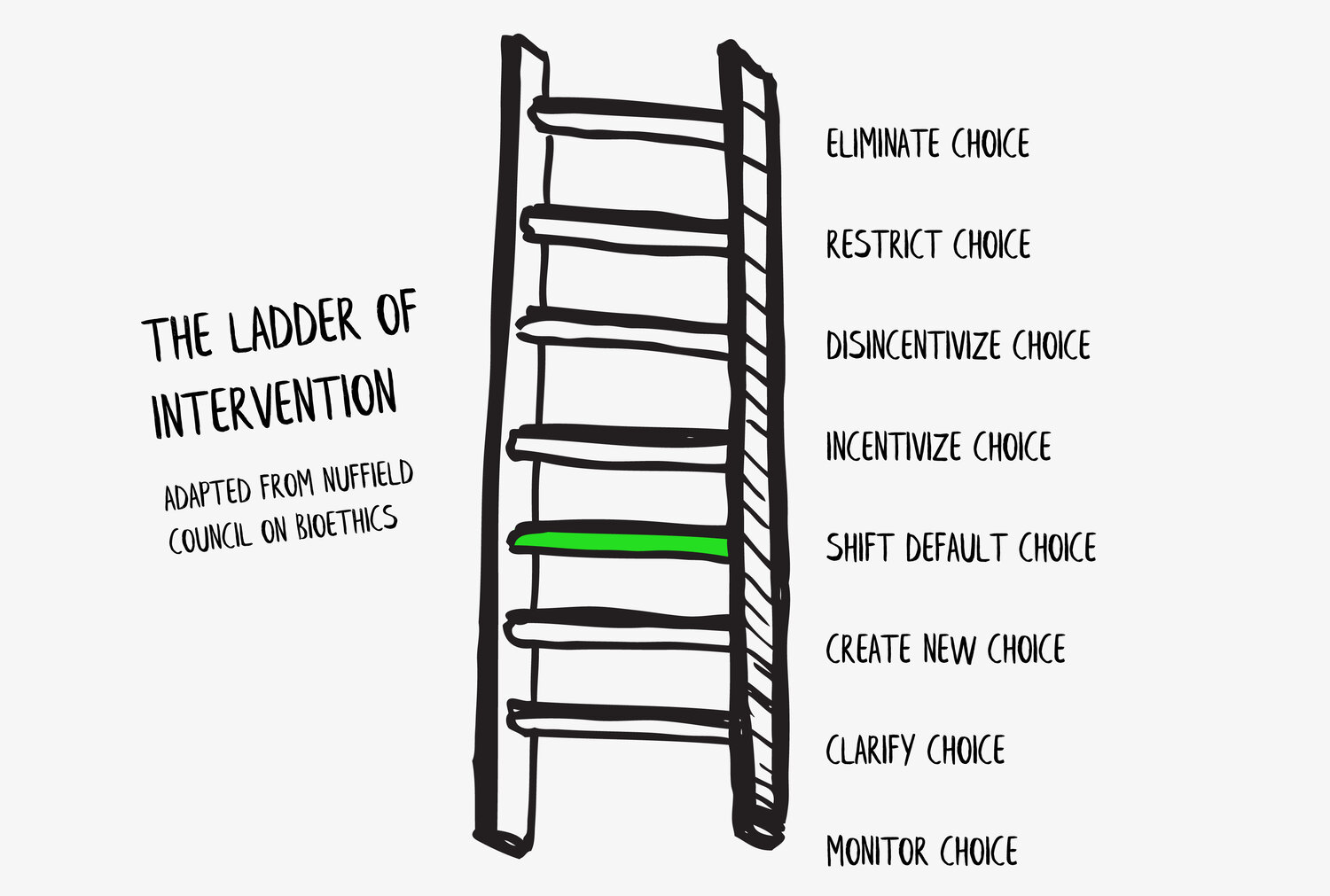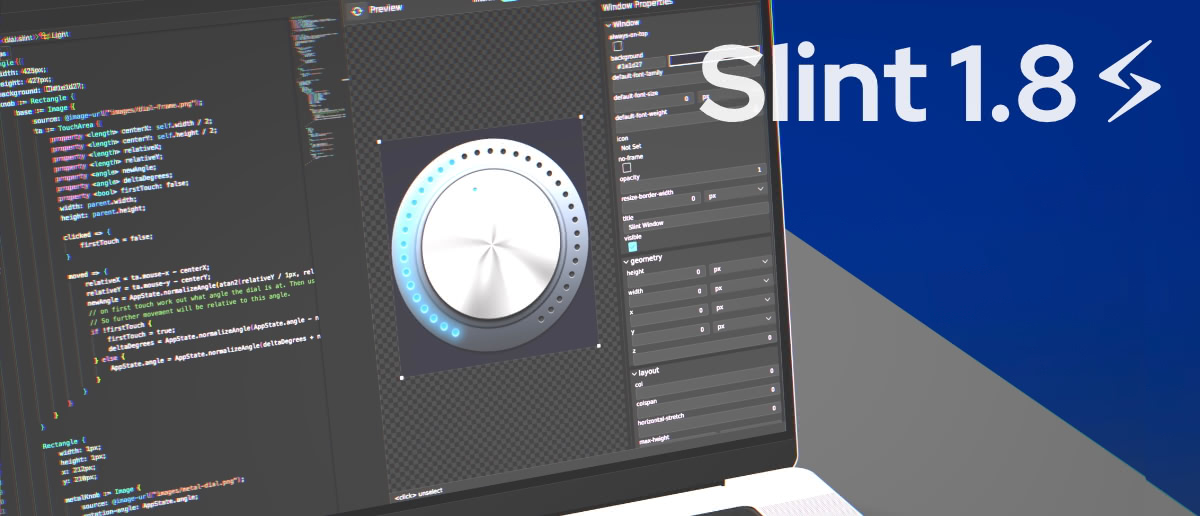
The Ladder of Intervention: How to Change the World by changing the default
One model of systems change is the Ladder of Intervention, which I’ve adapted from the Nuffield Council on Bioethics from 2007. It’s a model that comes up often when I coach leaders on spending less energy leading.
The Nuffield Model was designed to help frame what Government, Industry and individuals could do to enable people to lead a healthy life and address issues like smoking and epidemic obesity but it can be applied to any complex systems change.
For example, as a public safety official, if you decide that obesity is a community challenge you want to address, you have choices: You can ban junk food, provide calorie information, and so on.
The Ladder of Intervention suggests that we can shift a system by forcing a change - eliminating choice and free will (like banning soda) or just by clarifying choices (like putting up signs with calorie counts). Some options on the ladder are coercive…and this can have negative effects.
I recently got an email from a client who shared some subsequent research (PDF link) (2015) that builds upon the Nuffield Ladder (2007) by framing the steps in terms of the impact on perceived personal freedom and how that might affect engagement and outcomes. He said “It essentially reverses the direction of the ladder and adds +/- modifiers to the steps, acknowledging that the more paternalistic / enforced the method to drive change, the greater the negative impact on personal freedom.”



















